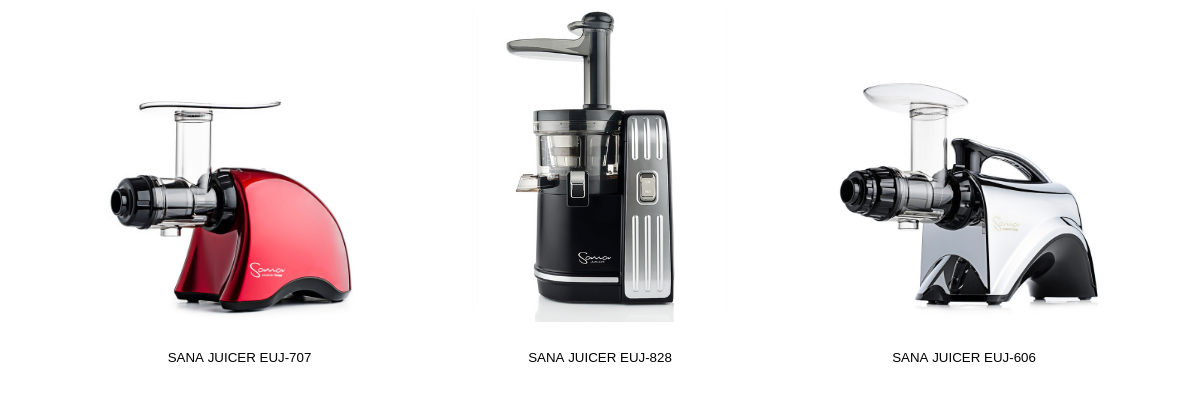The 4 factors to consider when choosing a juicer:
- How often will you juice?
If you will only juice occasionally, then you might get by with a centrifugal juicer. Just be sure to drink the juice immediately, and know that you can't juice greens. If you plan to juice at least several times a week, we recommend investing in a quality juicer. Many of our customers started juicing with an inexpensive mass market juicer, and soon stopped due to factors like difficulty cleaning or poor performance. A high-quality cold-press juicer can be cleaned in under two minutes.
- Interestingly, premium juicers tend to be simpler in assembly, using just a few very durable parts (auger, screen, cap).
- Ease of use
A juicer with a small feeding tube, weak motor, hard-to-clean parts, or poor design will be more likely to be stored and not used.
- Yield
If you juice often, a higher yield means you get more juice from the same amount of produce, reducing your raw ingredient costs over time. Well-built juicers can operate at higher pressures, increasing the squeezing force and creating more juice. Inexpensive juicers not only produce lower yield, but often make pulpy or foamy juice.
- The life of the juicer
If you compare a quality juicer made from one of the top brands with a generic copycat juicer from China, the difference is clear. The quality juicer will feel more solid, constructed from much more durable materials. It will also offer a much longer warranty and have spare parts available if needed. However, one thing that isn't obvious is the difference in the motor.
- The basic rule of thumb is to be careful if the juicer not only feels and looks cheap, but especially if it has a larger feeding tube (over 60mm in diameter). A larger feeding tube means the juicer is quickly filled with produce, and that can easily overwhelm a motor. Don't pay attention to watts, as that is only a measure of power consumed. Torque (twisting power) is the most important factor, and can only be judged through actual use and testing. We have tested many cheaper models which slow down when overwhelmed, or begin to emit a burning electircal smell.
VIDEO: Premium versus cheap juicer
Which juicers meet all four factors?
For most people, we recommend a single-auger juicer. This type of juicer operates at low rpms, typically between 40-80, and use high-torque motors to slowly and firmly press produce against a stainless steel screen. Unlike centrifugal models which operate over 10,000 rpm, single auger juicers don't create oxidation or foam. The gentle cold-press action of single auger juicers creates high yields and full-flavored juice.
There are just a few premium juicer brands, all coming from South Korea which is the center of juicer research and innovation. Among these brands are Hurom, Sana, Omega, Kuvings, and Angel. We like Sana a lot for their long warranties and premium accessories, as well as their style and performance. Sana juicers also offer a lifetime service guarantee.






